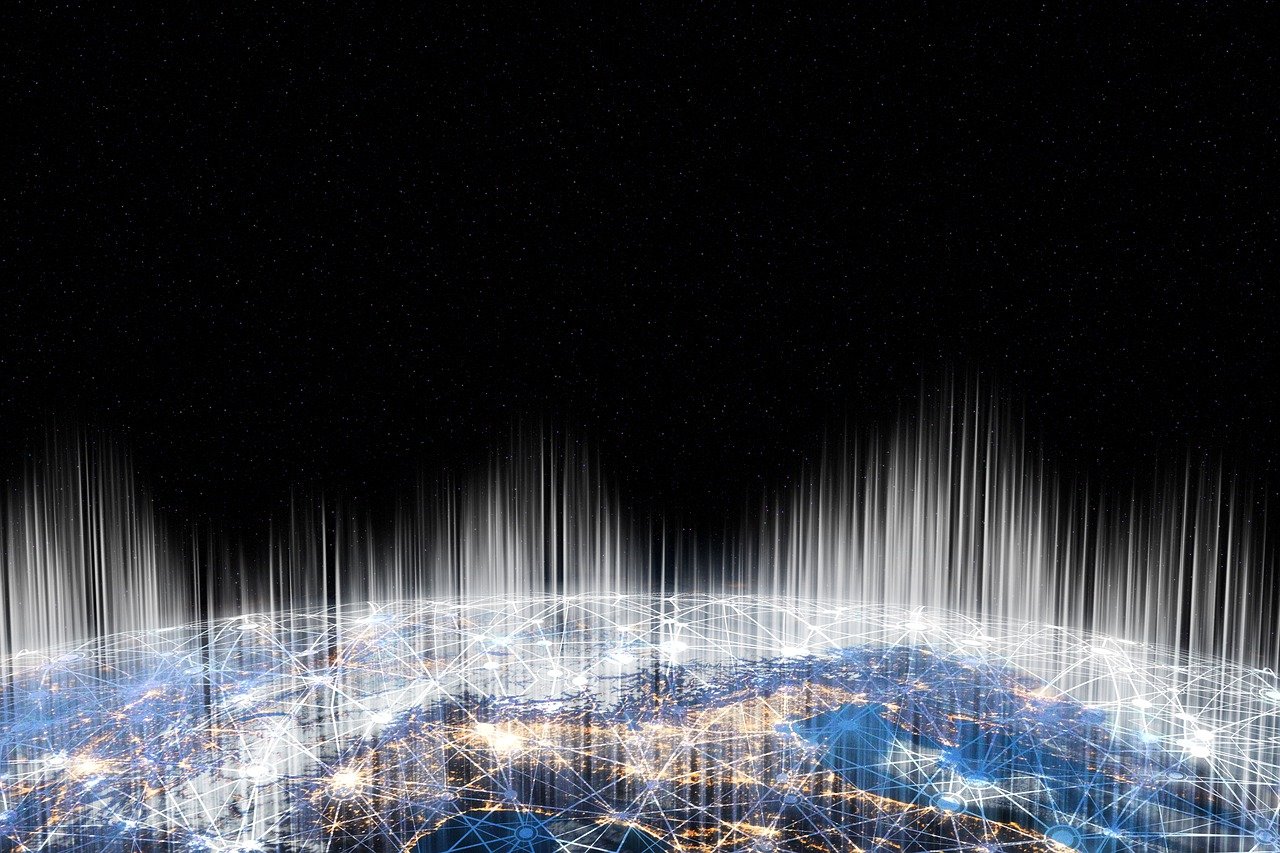Non-fungible tokens (NFTs) have exploded in popularity as a way to buy and sell digital artwork, collectibles, and media. But how exactly are NFTs created in the first place? This step-by-step guide will walk through the end-to-end process of minting a non-fungible token to digitally represent a unique asset.
What are NFTs?
First, a quick overview of what NFTs are and why someone may want to create one.
A non-fungible token is a special type of cryptographic token that represents a unique digital asset on the blockchain rather than a standard cryptocurrency. This allows digital art, music, videos, tweets, virtual avatars, and more to be tokenized and sold as verifiable digital assets.
NFTs prove ownership and authenticity of one-of-a-kind or limited edition pieces of digital content. They transform digital works into unique blockchain assets that can be easily bought, sold, and traded while minimizing fraud.
Creators mint NFTs to sell scarce digital goods directly to consumers and fans, while retaining copyright and earning royalties. Buyers gain verified ownership of unique digital collectibles and investments.
The NFT market exploded in 2021 with over $40 billion in transactions. Top NFTs sell for millions, while new creators enter the space daily. But let’s start from the beginning – how can you create or “mint” an NFT from scratch?
Step 1 – Creating the Digital Asset
The first step is creating the digital artwork, music, video, meme, tweet or other content that will become tokenized as an NFT. This initial creative work is the core underlying asset that makes each NFT unique.
For digital art, this involves creating or designing artwork in a digital painting, animation, or 3D modeling application. Any digital file type like JPG, PNG, GIF, MP3, MP4, GLB can be converted into an NFT, although some formats are more optimal.
Alternatively, existing digital assets like drawings, songs, game characters, and more can be turned into NFTs. You don’t need to be the original creator of the asset either. Photos, video clips, tweets and other digital goods are commonly tokenized.
However, minting NFTs of assets you didn’t create raises ethical concerns of appropriating and profiting from others’ work without their consent. Creators normally retain copyright ownership. Buyers usually just gain ownership rights of the crypto token linked to the work rather than legal rights to redistribute the original file.
Step 2 – Selecting a Blockchain and Wallet
Once the digital asset file is created, the next step is choosing which blockchain to mint the NFT on. The most popular blockchains for NFTs currently are:
– Ethereum – The largest NFT platform, but high gas fees for transactions
– Flow – Developer-friendly blockchain used by NBA Top Shot
– Tezos – Lower fees, formally verified smart contracts
– Solana – Fast and inexpensive transactions with Solana NFT standard
– WAX – Purpose-built for gaming NFTs and collectibles
Each blockchain has its own formats, protocols, transaction fees, and ecosystems of NFT marketplaces. While Ethereum dominates, newer blockchains like Solana and Flow are gaining traction.
You’ll also need to set up a digital wallet compatible with your blockchain of choice. MetaMask and Coinbase Wallet are popular options for Ethereum. Phantom is a top Solana wallet. These provide the crypto account address where the NFT will reside.
Step 3 – Creating the NFT Metadata
Now comes creating the NFT metadata that actually tokenizes the asset by associating it with the wallet address on the blockchain.
Metadata serves as the record and properties describing the specific NFT. It typically includes fields like:
– NFT name and description
– Image, video, or 3D model file
– Creator name and info
– Date created
– Owner address
– Rights and licenses
– Any other pertinent details
Some blockchains have formal metadata standards like ERC-721 for Ethereum. Metadata may get stored directly on-chain or off-chain with a pointer to the location.
Various tools exist for generating valid metadata files tailored to your blockchain’s specifications. Most NFT marketplaces that simplify minting handle metadata creation behind the scenes.
Step 4 – Uploading the Asset File
With the metadata ready, the actual asset file comprising the NFT must be uploaded to a web server or digital storage platform. This stores the artwork, video, music or other digital asset data online so it can be accessed and displayed by anyone.
Some common storage options for NFT assets include:
– IPFS – Decentralized storage network that creates persistent IPFS URLs to access content
– Amazon S3 – Cloud storage buckets with privacy controls
– Microsoft Azure – Blockchain-compatible cloud storage solution
– Filecoin – Blockchain-based decentralized storage network
– Web servers – Upload and host files directly on your own site
The public URL location of the uploaded asset gets added to the NFT’s metadata. This points the blockchain record to the specific digital work tied to the token.
Storing assets off-chain maximizes efficiency for larger file sizes. But some platforms allow minting small assets like pixel art directly on the blockchain.
Step 5 – Minting the NFT
Finally, it’s time to officially mint the NFT by creating the blockchain transaction that generates the tokenized asset.
There are two main approaches to minting:
1. Using an NFT Marketplace
The easiest method is minting the NFT directly through a popular NFT marketplace that handles the blockchain complexities behind the scenes.
For example, on OpenSea, you can just connect your wallet, upload your file and metadata, list the NFT for sale or auction, and mint it live by paying gas fees. The marketplaces typically take a cut of any sales.
2. Minting from a Wallet
More advanced users can mint NFTs directly through tools integrated with their blockchain wallet. This involves initiating the blockchain transaction and paying associated gas fees.
Coding proficiency is often required to integrate the metadata, asset storage, and minting logic into custom scripts or apps. But some wallets offer templates and snippets to simplify programmatic minting.
Once minted, the unique NFT will exist on the blockchain linked to the original digital asset, metadata, and owner’s wallet address.
Step 6 – Listing the NFT for Sale
With minting complete, NFT creators often sell their digital artwork or collectible through:
– NFT Marketplaces – List the NFT for sale on platforms like OpenSea, Rarible or SuperRare.
– Auctions – Auction off scarce or high-value NFTs to the highest bidder.
– Social Sales – Directly market and sell NFTs to collectors through social channels.
Marketplaces allow setting a fixed price or open auction bidding. They handle facilitating the transaction between buyers and sellers.
You can also sell newly minted NFTs through DeFi and decentralized exchanges supporting NFT trading like Uniswap or through social channels like Twitter or Discord.
Additionally, some NFTs may provide exclusive access like early concert tickets or backstage passes. Others offer membership benefits and discounts as part of a DAO.
Step 7 – Continued Engagement & Royalties
After the initial sale, reputable NFT creators remain engaged with owners through community channels like Discord. Maintaining interest and engagement grows the project and drives continued sales.
Smart contracts can further integrate royalties so the original artist earns a cut of all future NFT resales. This creates ongoing value even after the initial sale.
Conclusion
Creating and selling NFTs provides artists, musicians, developers, celebrities and creators a new model to monetize digital content. Although the space is rife with speculation, true utility exists in tokenizing unique works fans value.
Minting NFTs requires foundational understanding of blockchain wallets, metadata standards, asset storage and transaction mechanics. But user-friendly tools continue improving the onboarding experience for interested new creators.
While the current hype may subside over time, NFTs fundamentally expand ownership possibilities in the digital realm. The public registry of token transactions empowers tracing the entire history and provenance of unique items.
NFTs usher in new opportunities for creators to turn their digital passions into livelihoods by selling specialized assets that fans cherish. But balancing accessibility with sustainability will determine the long-term viability of non-fungible tokens as a creative medium.




